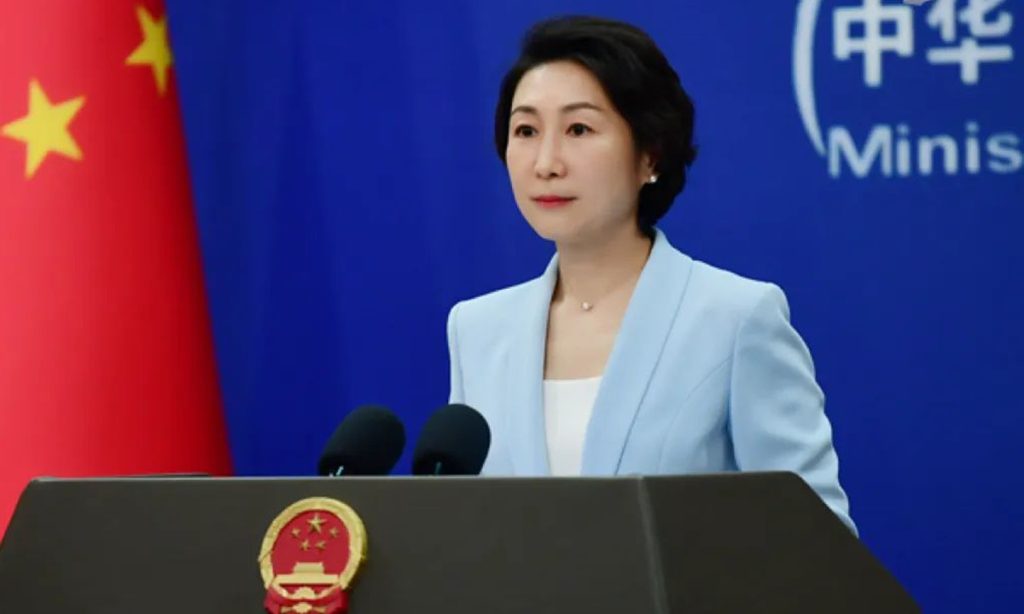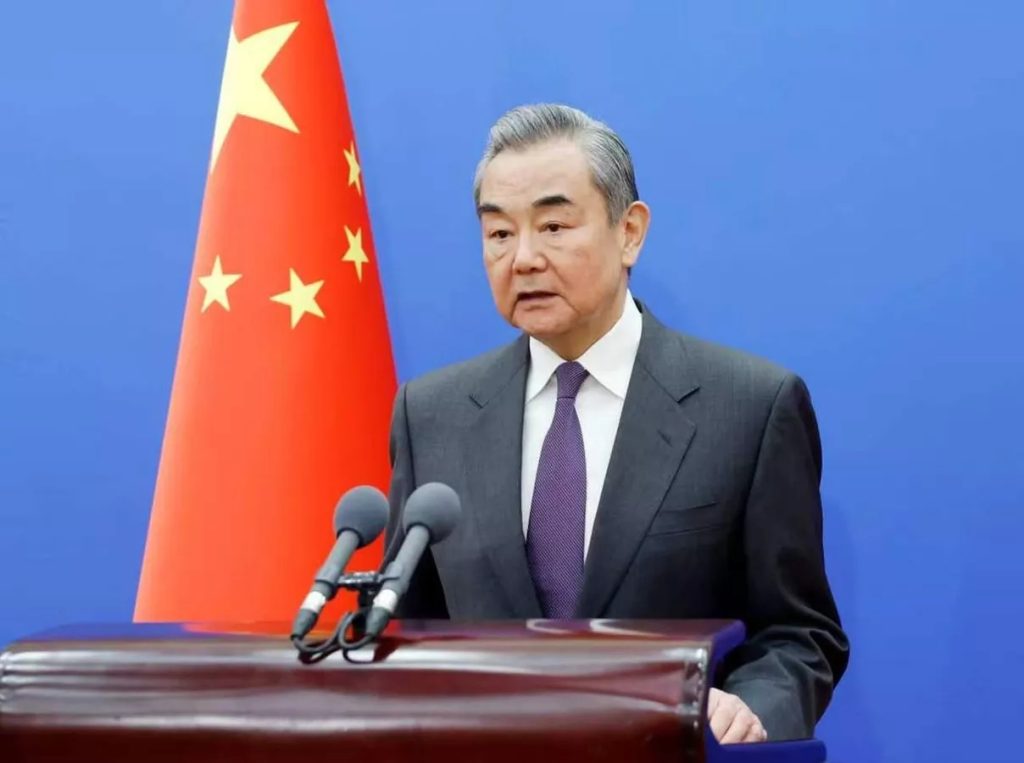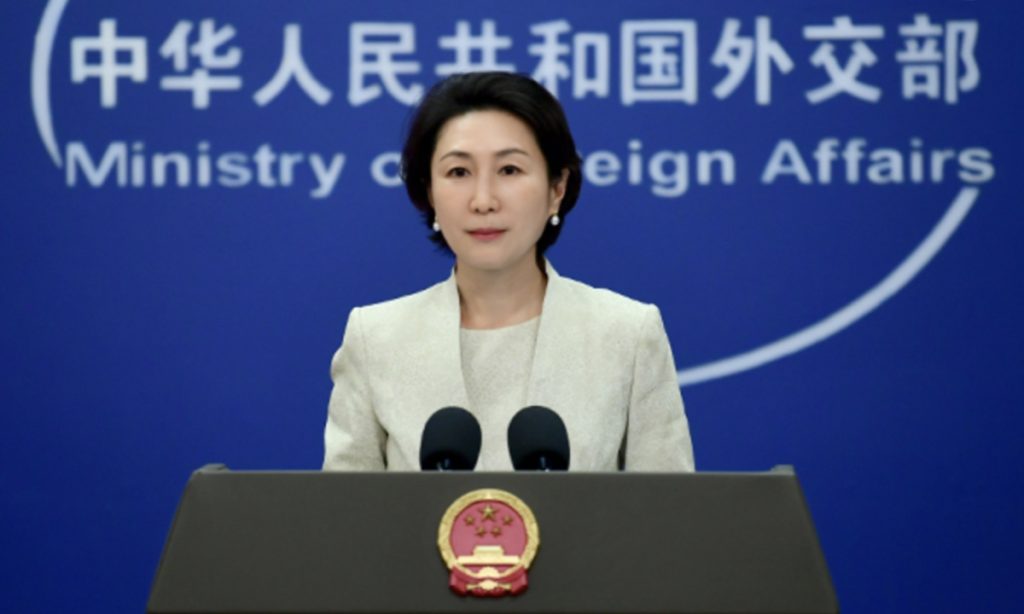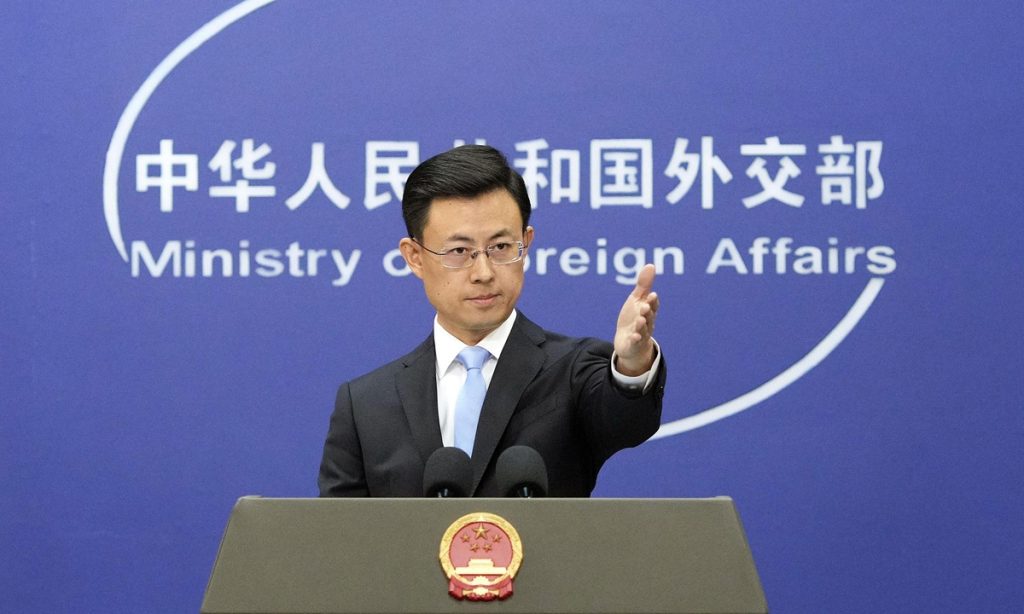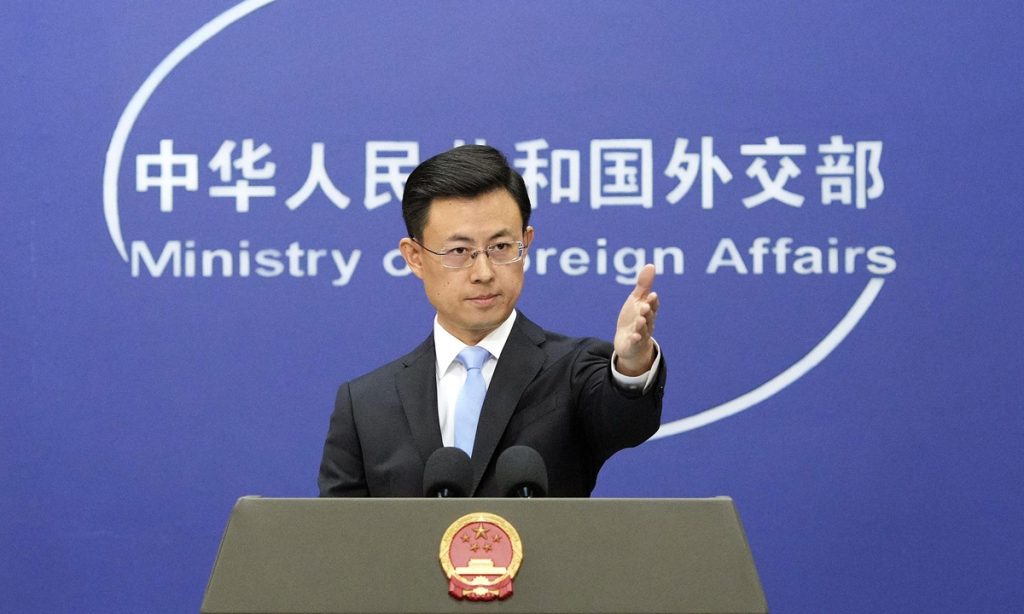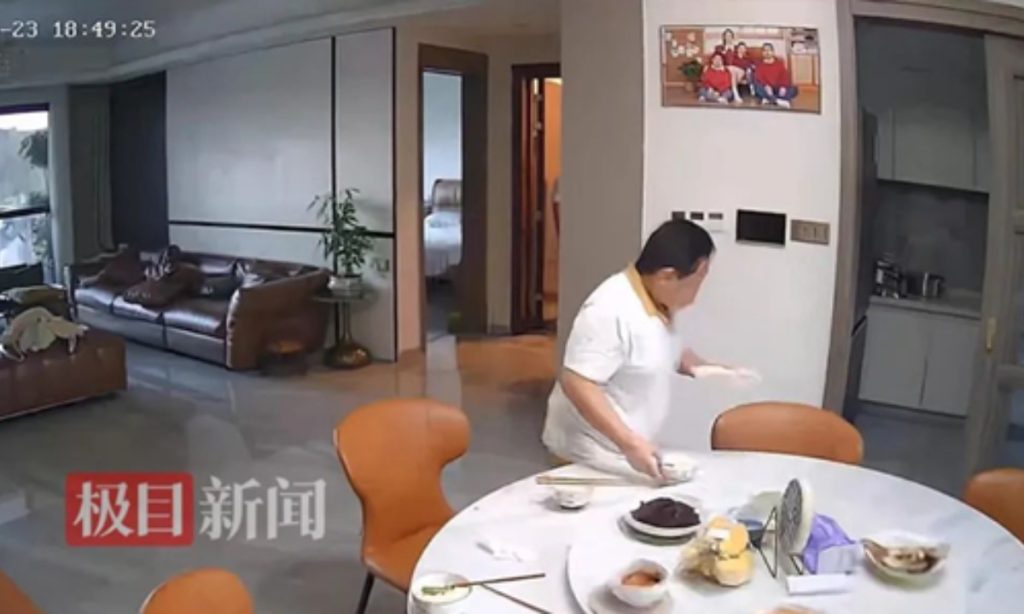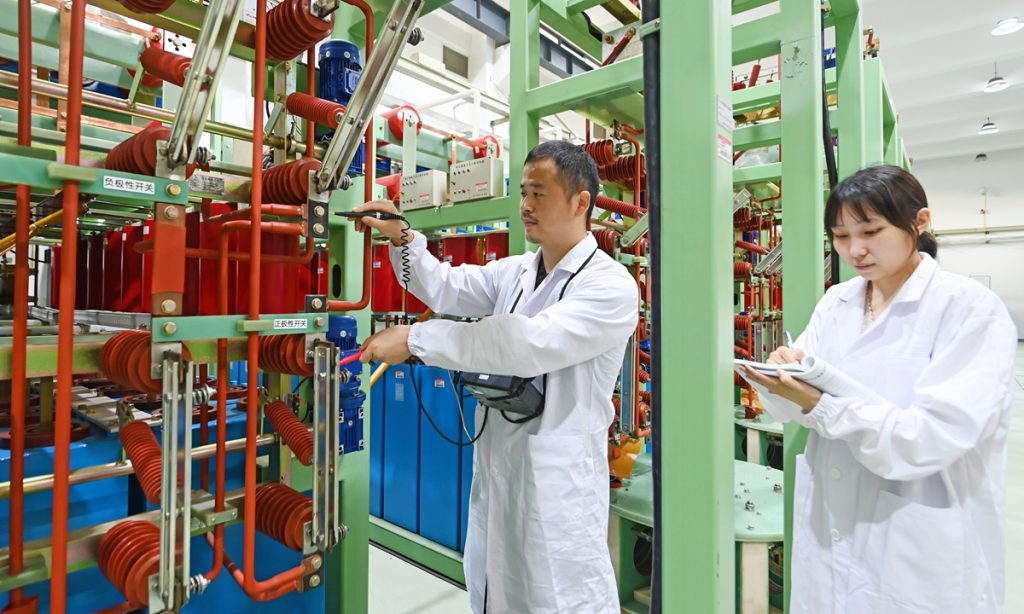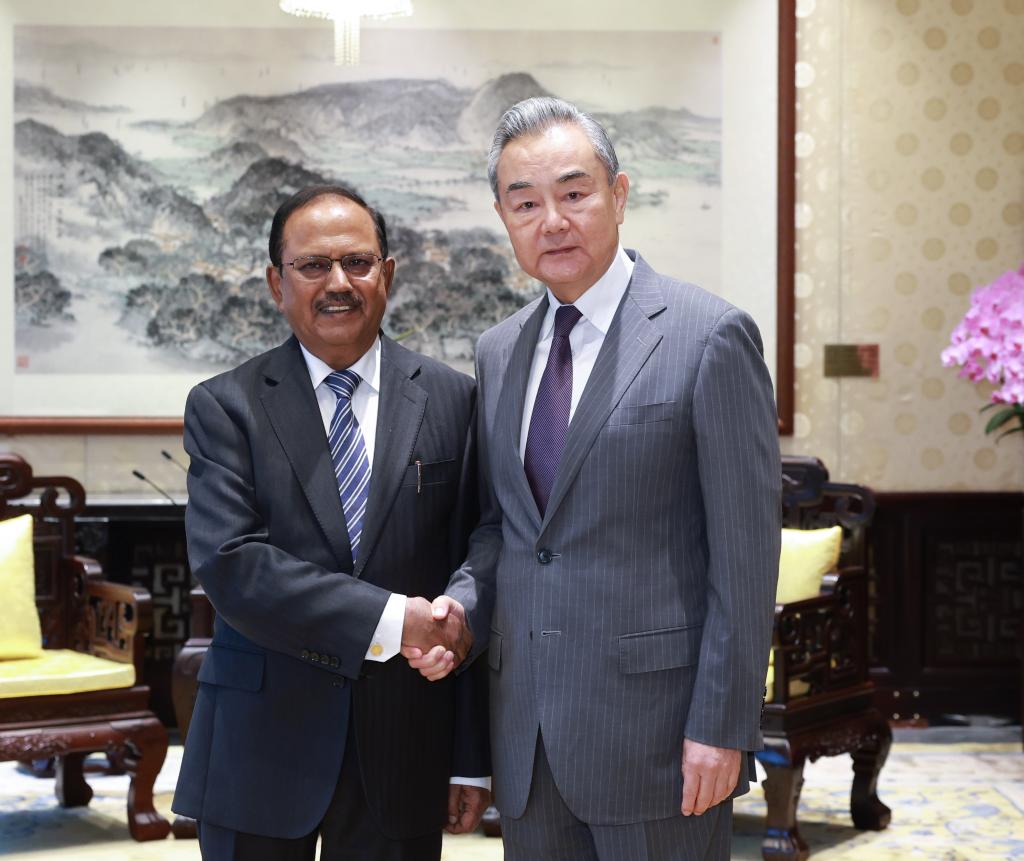Premier Li starts visit to Egypt, calling for enhanced strategic coordination
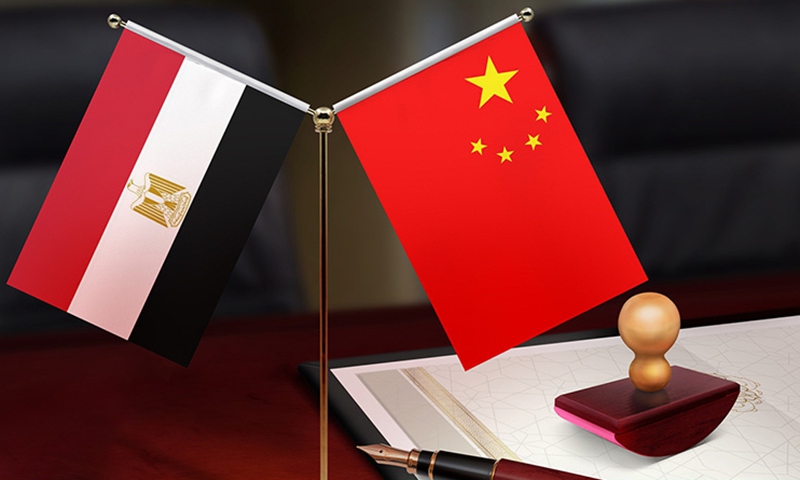
Chinese Premier Li Qiang said on Wednesday that China and Egypt, as important members of the Global South, should further strengthen strategic coordination to safeguard their common interests, according to the Xinhua News Agency.
Li made the remarks after landing in the Egyptian capital Cairo for an official visit to the Middle East country, Xinhua said.
This visit comes at a critical moment as the China-Egypt comprehensive strategic partnership entered its second golden decade. As such, the visit is expected to deepen China-Egypt cooperation across political, economic, strategic, and cultural dimensions, and to further advance the building of a shared future between the two nations, a Chinese expert said.
Through the visit, China hopes to work with Egypt to carry forward our traditional friendship, deepen mutually beneficial cooperation, advance China-Egypt relations toward the goal of building a community with a shared future for the new era, and build a China-Arab community with a shared future at a higher level, Mao Ning, a spokesperson for the Chinese Foreign Ministry, told a recent press conference.
On one hand, economic and trade cooperation is expected to upgrade from traditional infrastructure development to a full industrial chain collaboration focused on new quality productive forces, Song Wei, a professor at the School of International Relations and Diplomacy at Beijing Foreign Studies University, told the Global Times on Wednesday.
In the past, China and Egypt have engaged in deep cooperation in infrastructure, with China supporting the establishment of economic and trade cooperation zones and industrial parks in Egypt. Looking ahead, China will strengthen cooperation in areas such as new energy and high-tech industries in response to Egypt's needs for industrial transformation and digital economic development, Song noted.
In recent years, China and Egypt have jointly achieved several "firsts": Chinese companies constructed Africa's tallest skyscraper in Egypt, built Egypt's first electrified light rail, and supported Egypt to become the continent's leading fiberglass base. Chinese technology has also enabled Egypt to become the first African country with full satellite assembly and testing capabilities, Xinhua said.
Ahmed Moustafa, an Egyptian economist and director of Asia Center for Studies and Translation, told the Global Times on Wednesday that this visit is expected to strengthen economic ties between the two countries. "Discussions will focus on advancing their comprehensive strategic partnership, established in 2014, and aligning Egypt's Vision 2030 modernization plan with China's Belt and Road Initiative," Moustafa said, noting that the collaboration could lead to significant projects in renewable energy, high-speed rail construction and other infrastructure developments.
There are some key areas of cooperation including energy and technology, infrastructure development, trade and investment, culture exchange, he said. For instance in energy and technology, the two countries could enhance collaboration in renewable energy, artificial intelligence and other emerging technologies to drive sustainable growth.
The China-Egypt partnership has significant implications for the Global South, the Egyptian economist said. The partnership demonstrates a model for mutually beneficial collaboration between developing nations, enhances economic and security cooperation in the Middle East and Africa, and contributes to the development of new infrastructure and industries in Egypt and beyond, Moustafa said.
The China-Egypt cooperation model offers valuable insights for Global South countries, Song said. Their exploration of de-dollarization through local currency settlement and technology transfer represents a path toward independent development free from external dependency. This model embodies the spirit of equality, mutual benefit and coordinated development, setting a positive example for international development cooperation, she noted.
Within the BRICS framework, closer China-Egypt cooperation contributes to advancing global financial governance reform and enhancing the representation and voice of Global South countries in international affairs, Song told the Global Times.
"Also, their collaboration in addressing regional hotspots and global climate challenges highlights the constructive role such partnerships can play, underscoring both the current feasibility and future potential of Global South nations working together to tackle shared challenges," she added.
